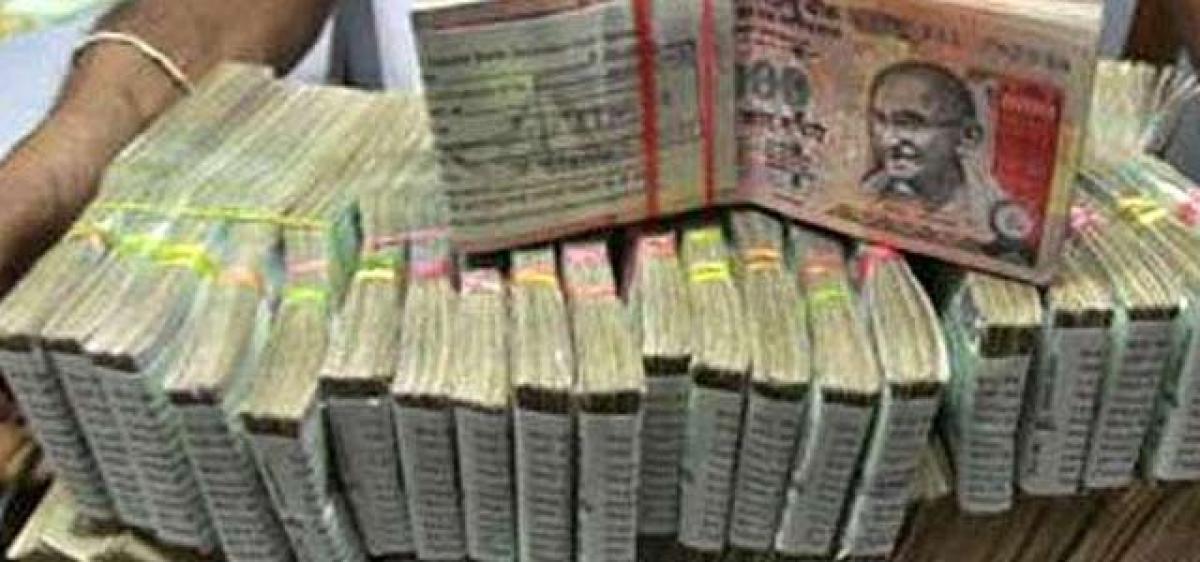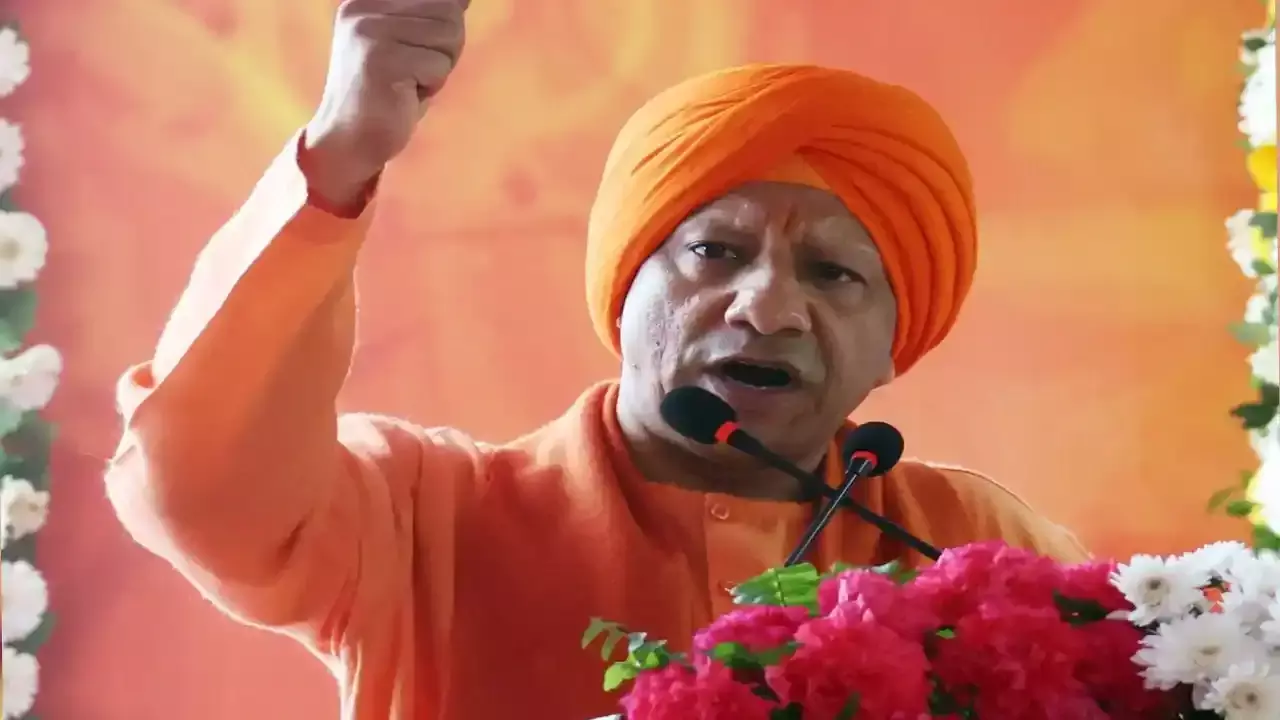Contain the monster

The demonetisation caught the imagination of the nation precisely due to people’s disenchantment with the monstrous black economy and the chronic inaction by successive governments.
The demonetisation caught the imagination of the nation precisely due to people’s disenchantment with the monstrous black economy and the chronic inaction by successive governments.
The unending political rhetoric without any significant forward movement also made Modi’s fiery tale of tail-catching so significant, though the dragon is yet to be touched. Nation now expects Modi to roll out a credible plan to tackle the problem in its entirety.
This imperative stems out of the earlier experience with the demonetisation. Currency notes of much higher denomination were demonetised for the first time in independent India on January 16, 1978.
This round of demonetisation was also ostensibly aimed at ending the menace of black money. But the quantum of black money rose by several thousand folds since then.
Estimates suggest that the share of the black economy in India increased from somewhere around five per cent in the 1970s to nearly half of the Gross Domestic Product (GDP).
From a negligible share, the high denomination currency notes today constitute over 80 percent of the total cash in circulation in Indian economy.
This shows how, despite loud claims of the impact of demonetisation, the black economy got further strengthened with a vengeance.
This empirical evidence itself suggests that the demonetisation is not a surgical strike on black money. Even as we appreciate the therapeutic value of demonetisation in treating the malaise, the more serious measures still elude.
According to a white paper on black money in India presented to Parliament by the earlier government, Swiss National Bank estimates that the total amount of deposits in all Swiss banks at the end of 2010 by citizens of India were Rs 9,295 crore.
The Swiss ministry of external affairs has confirmed these figures upon request by the Indian Ministry of External Affairs. However, unofficial estimates put this figure at Rs 75 lakh crore.
Black money is routed back into Indian economy through what economists call ‘round tripping.’ Some foreign companies resort to tax evasion by making transactions with shell companies. Domestic black money is invested in benami properties.
The governments had only dismal or no success in tracking and bringing back the black money stashed abroad. Even when revelations like HSBC episode and Panama Papers indicated the seriousness of the problem, little or no progress could be registered in prosecuting and recovering such dirty assets.
This emboldens those Indians who wish to stash their black money in tax havens. The numerous Double Tax Avoidance Treaties and Tax Information Exchange Agreements could not yield any significant result. In fact, some of such treaties were misused for round tripping.
Past experience also suggests that amnesty schemes like voluntary disclosure of wealth or income schemes incentivise accumulation of black money.
Instead of strong anti-evasion and deterrence, measures are needed to curb the generation and circulation of black money. Reforms aimed at widening the direct tax base are urgently needed.
The recent tax data reveals that only one per cent of Indians pay direct taxes. Regressive taxation has to be checked to prevent squeezing of common man to favour the affluent.
Outflow of illicit funds, generation and parking of black money should be comprehensively tackled.
















